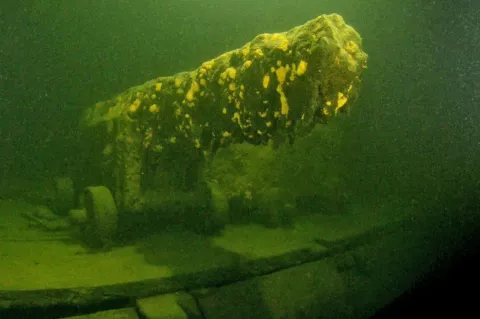At the age of 67, Wolfgang Kulow sets spectacular diving record
"Setting such a demanding world record begins with an idea. To realize it, you need a highly motivated team. I would like to thank everyone who supported me in this challenge", said the extreme athlete right after setting the world record on September 27, 2016.
At a diving depth of up to 10 meters, Wolfgang Kulow traversed the 20 km (12.5 mile) distance from the Danish island of Lolland to the German island Fehmarn in only four hours and nine minutes, setting the world record for the "fastest underwater crossing of the Fehmarn Belt".












